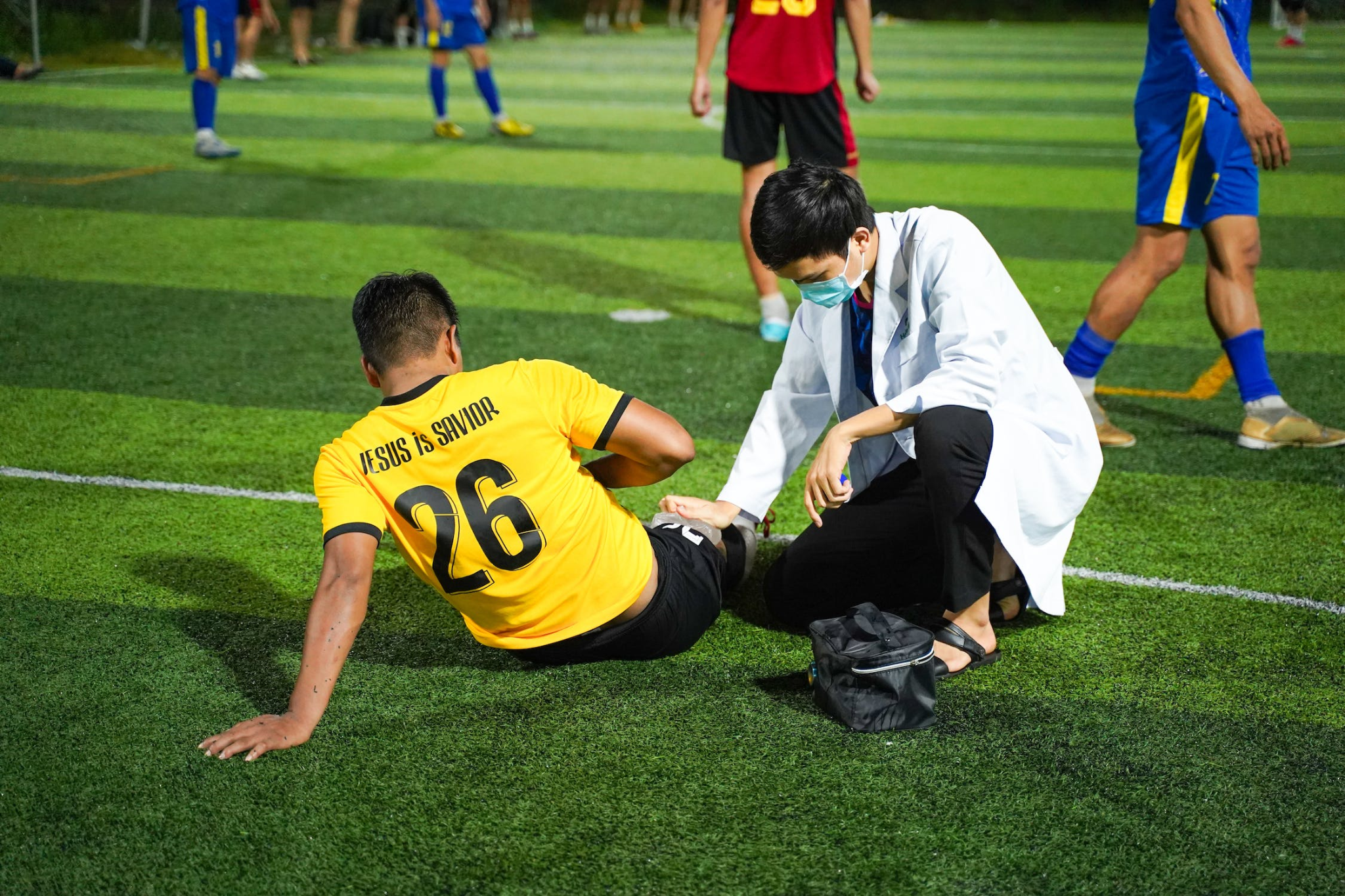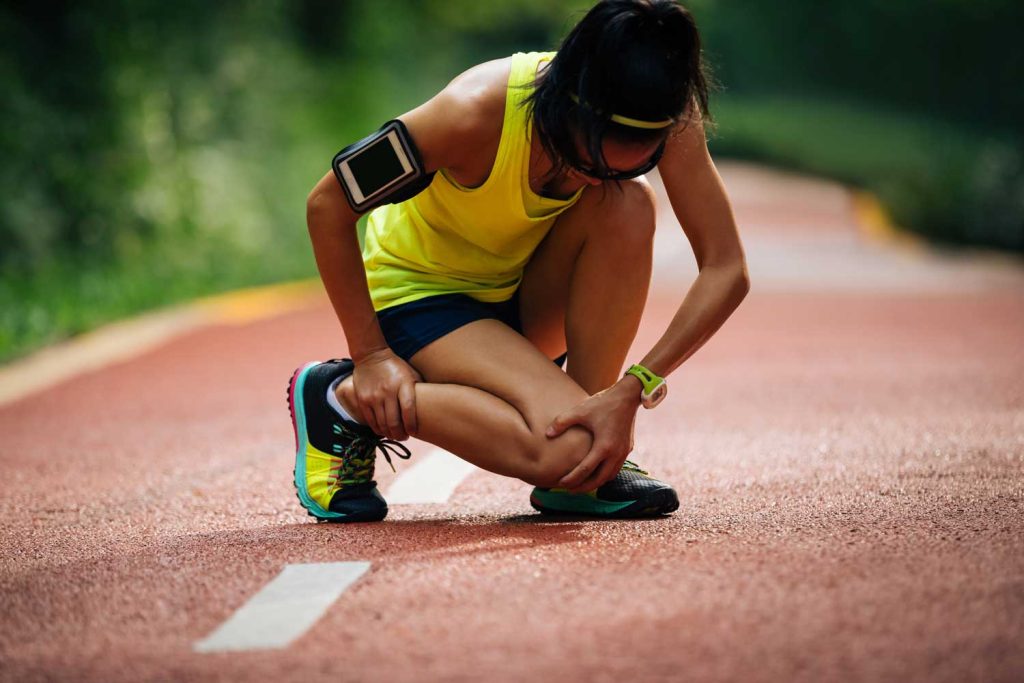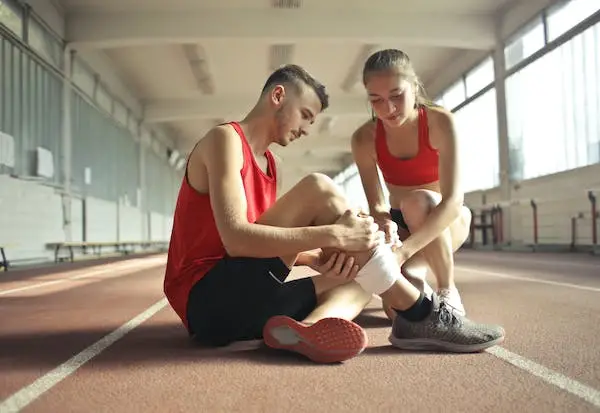Health
Rehabilitation for Running Injuries: Tips from Sports Physiotherapists

Running is an excellent form of exercise that benefits both physical and mental well-being. However, even with proper training and precautions, runners can still face the risk of injuries. Whether you are a seasoned marathoner or a beginner, sustaining a running injury can be frustrating and challenging.
But fear not, with the right approach to rehabilitation, you can get back on track and enjoy the thrill of running once again. In this article, we’ll explore the key principles of rehabilitation for running injuries, as recommended by sports physiotherapists, to help you recover faster and reduce the risk of future injuries.
Proper Diagnosis: The Foundation of Effective Rehabilitation
The first step in any successful rehabilitation plan is obtaining an accurate diagnosis. When dealing with a running injury, consulting with a sports physiotherapist or a qualified Infinity Allied Healthcare website professional is crucial. They will conduct a thorough assessment to identify the specific injury and its underlying causes. Common running injuries include shin splints, IT band syndrome, plantar fasciitis, stress fractures, and runner’s knee, among others. Once the diagnosis is made, the rehabilitation process can be tailored to address the unique needs of everyone.
Rest and Recovery
After a running injury, many athletes are eager to get back on the track as soon as possible. However, adequate rest and recovery are essential for the healing process. Pushing through the pain or returning to training too soon can worsen the injury and prolong the recovery time. Sports physiotherapists often recommend the RICE method (Rest, Ice, Compression, and Elevation) during the initial phase of injury management. Applying ice to the affected area can help reduce inflammation and pain, while rest allows the tissues to heal.
Gradual Return to Running
Once the acute phase of the injury has passed and the pain and inflammation have subsided, a gradual return to running is advised. Sports physiotherapists often design a progressive exercise program tailored to the individual’s needs. This program may include stretching, strengthening exercises, and low-impact activities to improve flexibility, muscle strength, and stability. Gradually increasing the duration and intensity of running sessions allows the body to adapt to the stress and reduces the risk of re-injury.
Addressing Muscle Imbalances
Muscle imbalances are common among runners and can contribute to the development of injuries. Sports physiotherapists play a vital role in identifying and addressing these imbalances through targeted exercises. Strengthening weak muscles and stretching tight ones can improve overall biomechanics and reduce the strain on vulnerable areas. Common areas of concern include the glutes, quadriceps, hamstrings, and calf muscles.
Gait Analysis
A proper running gait is essential for preventing injuries and optimising performance. A gait analysis, conducted by sports injury physiotherapists in Cherrybrook or running experts, can identify irregularities in your running form. By understanding how your body moves during running, they can suggest modifications to improve your gait and reduce the risk of future injuries. This may include adjustments in foot strike, cadence, posture, and arm movement.
Utilising Manual Therapies
Sports physiotherapists often employ manual therapies to complement exercise-based rehabilitation. Techniques like massage, joint mobilisation, and myofascial release can help reduce muscle tension, improve circulation, and promote tissue healing. These therapies can be particularly beneficial for managing soft tissue injuries like strains and sprains.
Cross-Training and Active Recovery
During the rehabilitation process, it’s essential to maintain fitness levels without putting additional strain on the injured area. Cross-training activities, such as swimming, cycling, or using an elliptical machine, can help maintain cardiovascular fitness while giving the injured muscles time to heal. Active recovery techniques, such as gentle yoga or pilates, can also aid in reducing muscle soreness and improving flexibility.
Psychological Support
Dealing with a running injury can take a toll on a runner’s mental health and motivation. Sports physiotherapists understand the psychological impact of injuries and provide valuable support to help athletes stay positive and focused during their recovery journey. Staying patient, setting realistic goals, and celebrating small achievements can go a long way in maintaining a positive mindset throughout the rehabilitation process.
Final Thoughts Running injuries
Running injuries can be frustrating, but with the right approach to rehabilitation, you can overcome them and return to the sport you love. Remember that each injury is unique, and seeking professional guidance from sports physiotherapists is essential for accurate diagnosis and tailored treatment plans.
By following their recommendations, including proper rest, targeted exercises, and gradual return to running, you can recover faster and reduce the risk of future injuries. Additionally, addressing muscle imbalances, gait analysis, and utilising manual therapies can further enhance the effectiveness of the rehabilitation process. Stay patient, stay positive, and soon you’ll be back on the track, stronger and more resilient than ever before. Happy running!






























